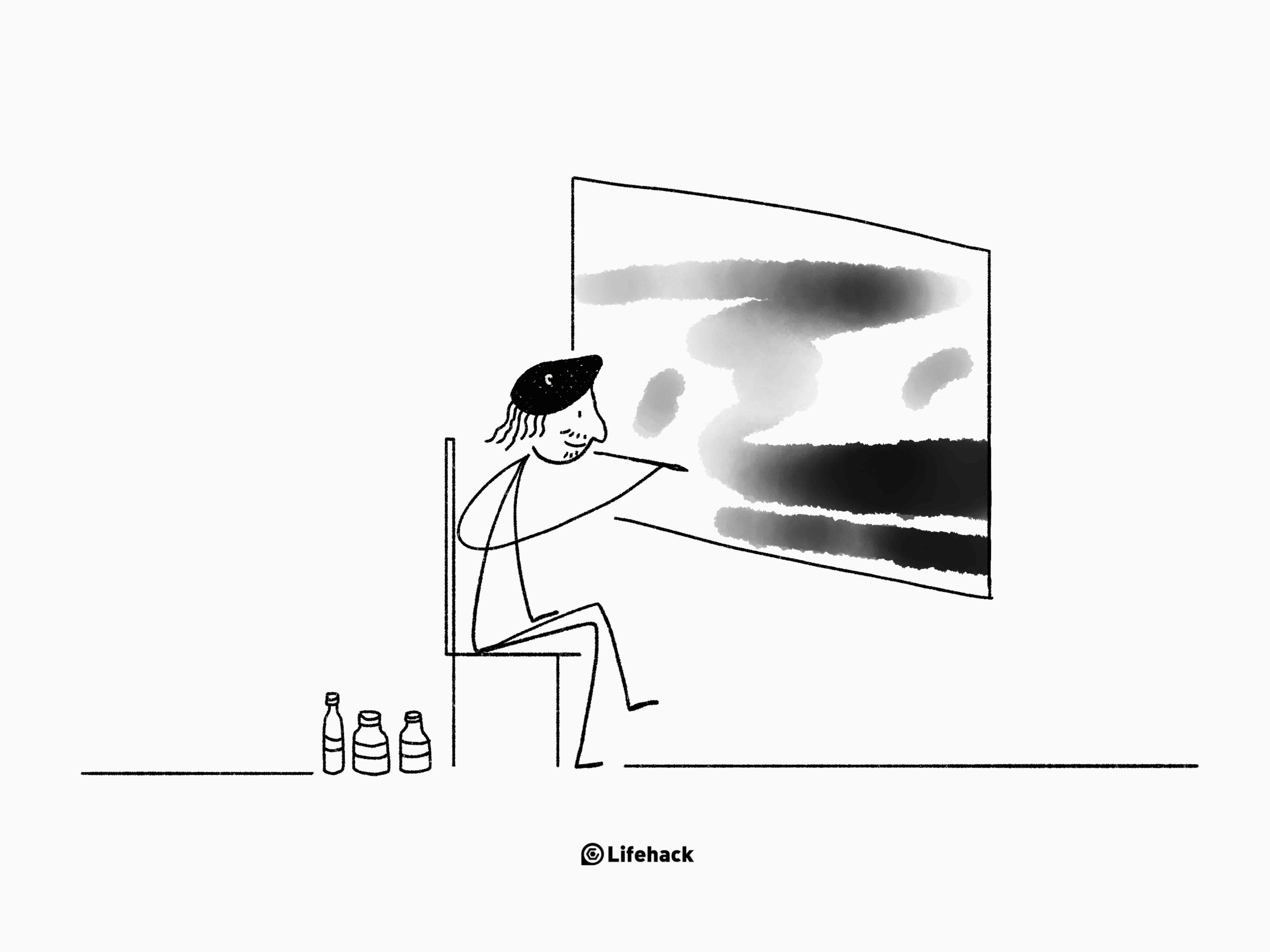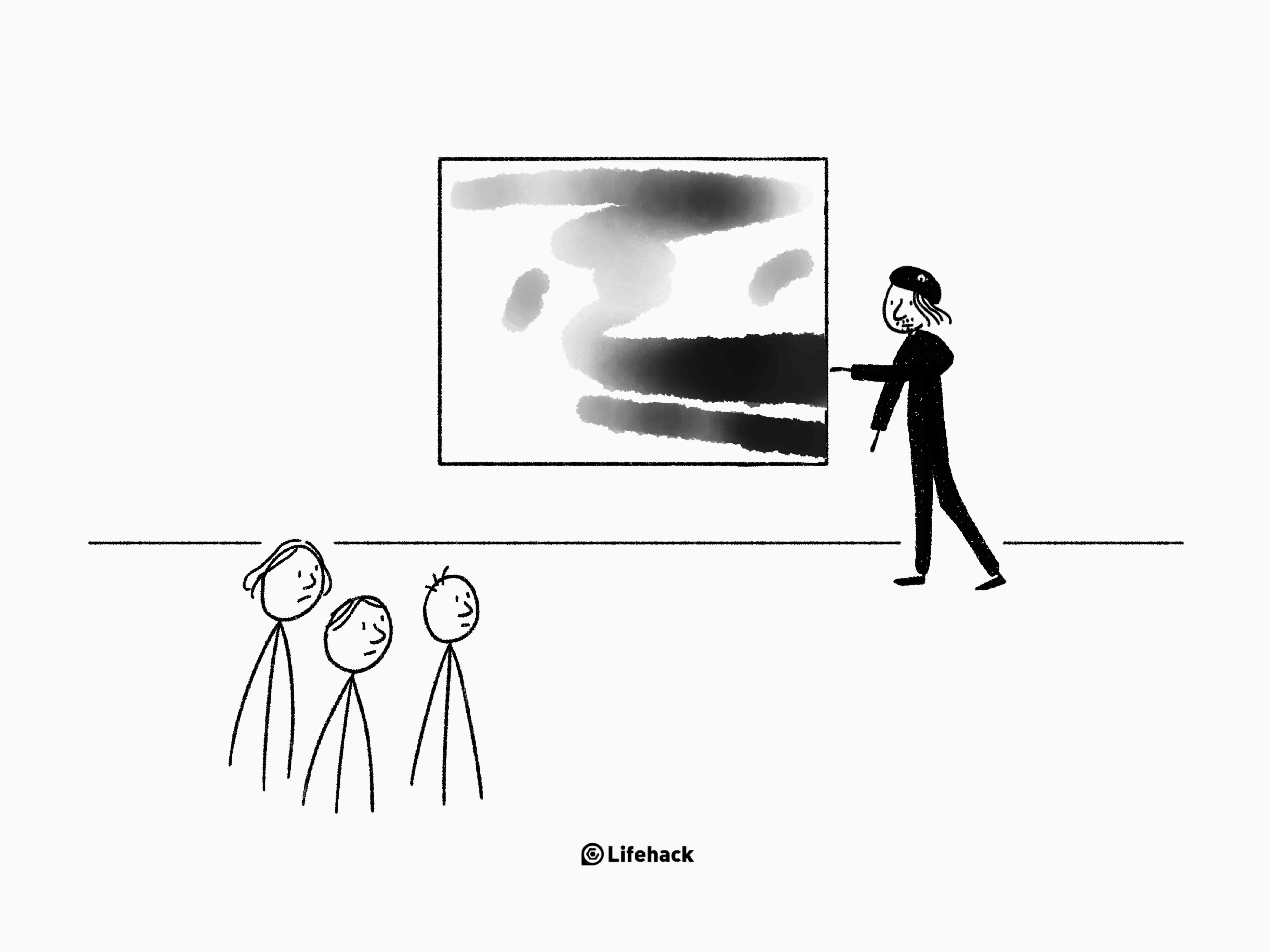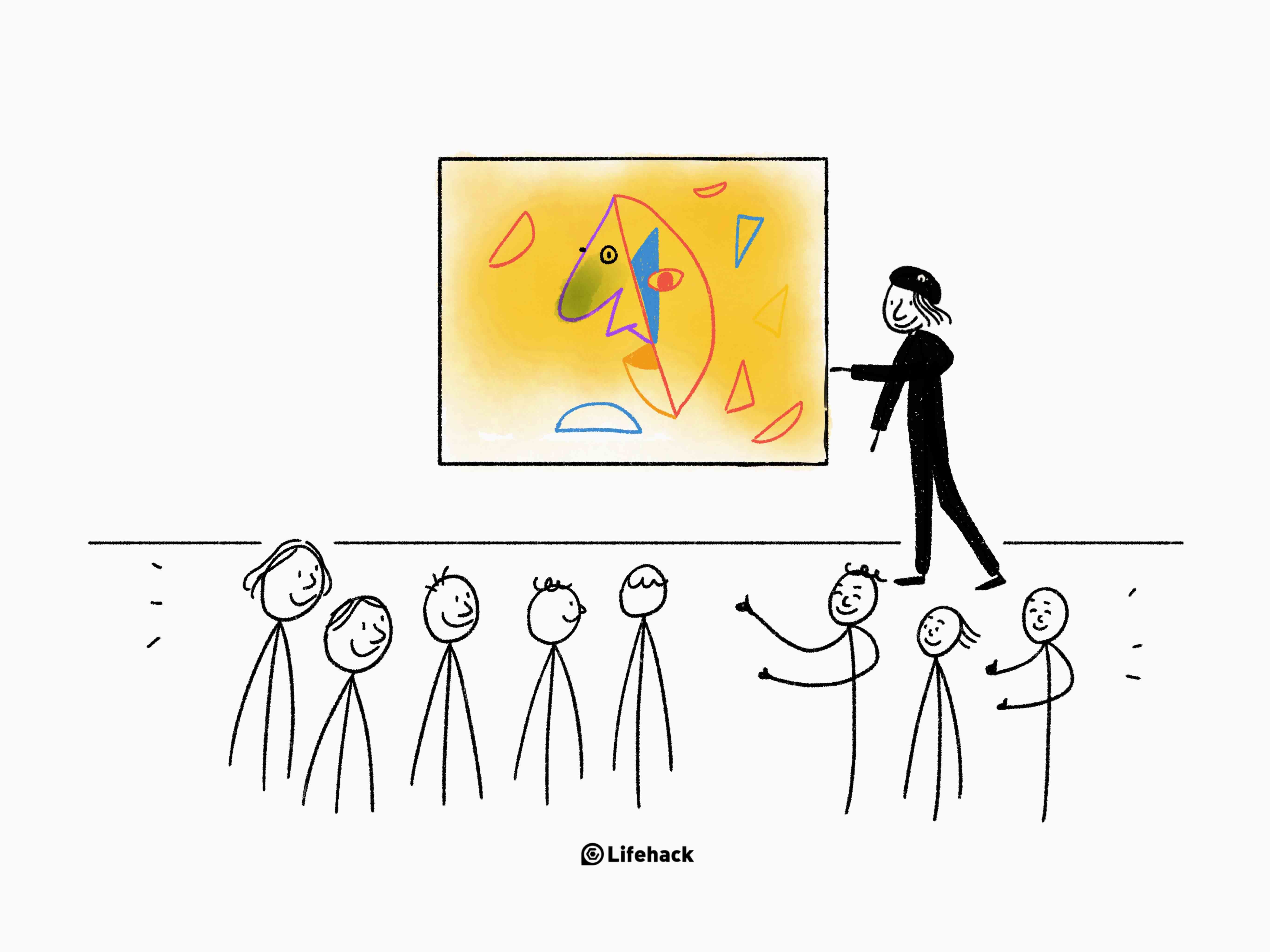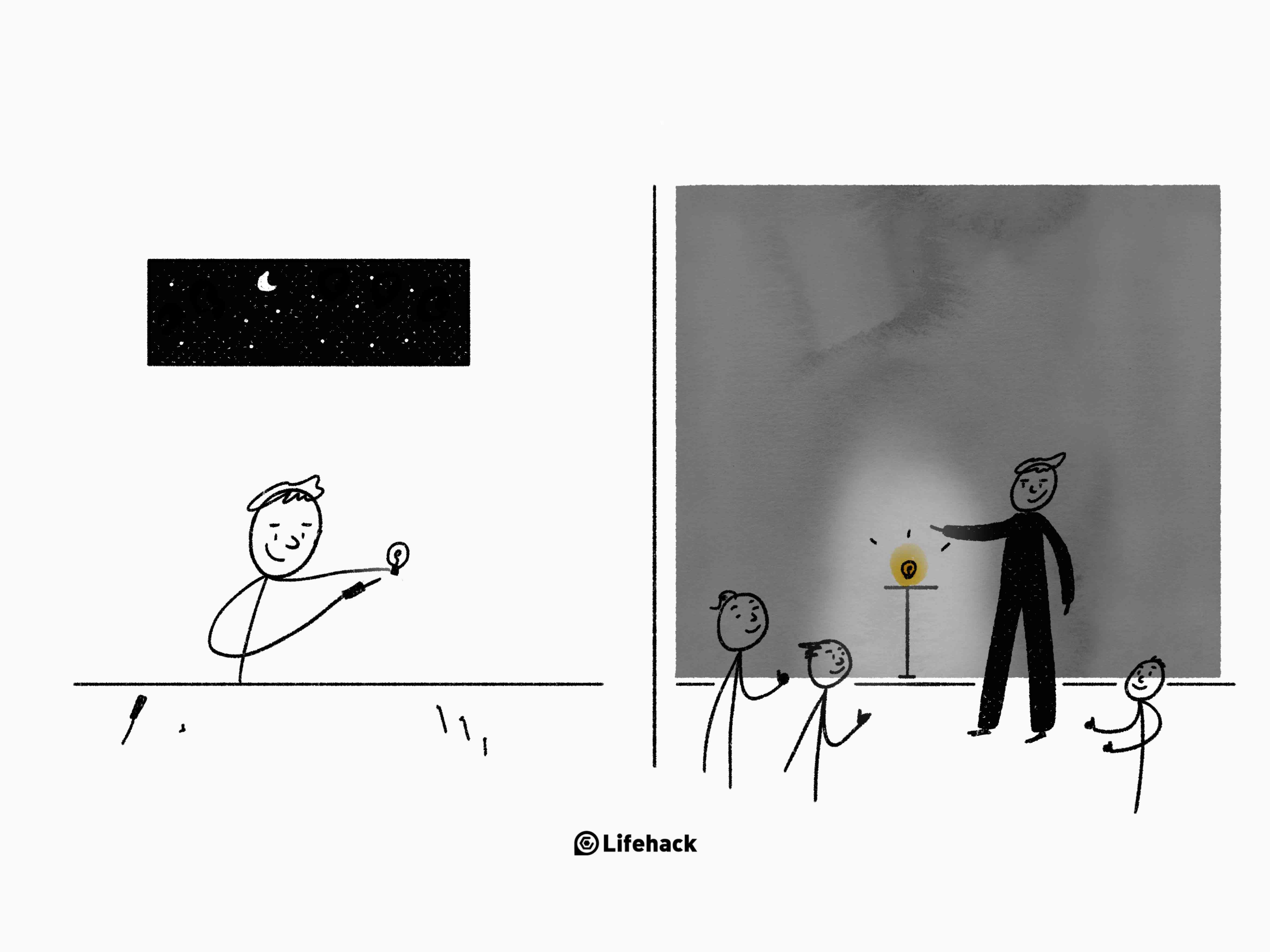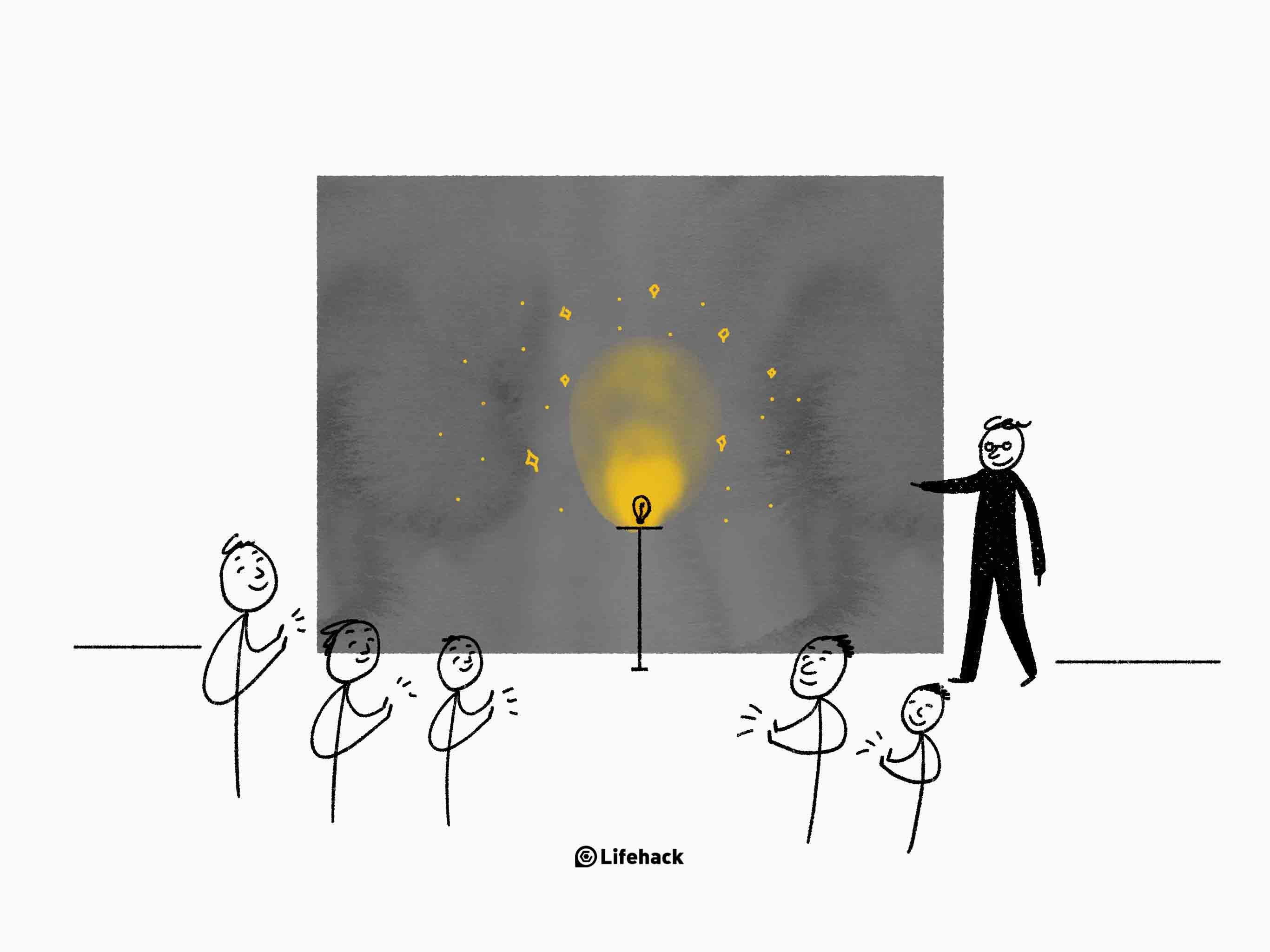Let’s take the Grammys as an example. The Best New Artist, Song Of The Year, Record Of The Year, and Album Of The Year categories could theoretically be won by an artist of any musical genre. However, no classical work has ever won one of these awards.[1] Year after year, the Grammy judges seem to reward musicians who are popular, as opposed to those who are “good.” Looking at the numbers, Taylor Swift’s “1989” won the 2016 Best Album award, whereas Adele’s “25” has been nominated for the 2017 prize. Both these albums have sold in their millions – “1989” sold five million copies by July 2015, and “25” sold over nine million copies in 2016. It would appear that there’s a clear split between “good” and “popular.”
How does this split come about?
At the beginning of an artist’s career, they use their creativity as a means of expressing their feelings. When they make music or create a painting, their aim is to work through difficult emotions and restore a state of contentment and calm. If the result isn’t to their liking, they work hard to make it as good as possible – perfection is the end goal for beginner artists. Popularity isn’t their first priority.
However, as someone learns their craft, they start to crave more attention, and to let others share in their work. Unfortunately, because art is subjective, their audience might not understand what they are trying to achieve, which can be disheartening. At this point, they have an epiphany – if they want to gain popularity and a wider audience, they need to tailor their art to the masses.
The typical artist will then work around other people’s tastes. Their first priority is no longer excellence. Instead, their focus has shifted to increasing their personal popularity.
Good vs Popular
People who focus on producing good work instead of popular end to strive for excellence. They do not care what other people think, and they know that it isn’t always a good idea to follow the crowd. In fact, the masses may not actually care what is best for them, and simply want them to churn out popular works. People who place “good” over “popular” are also free to be more creative. At the same time, people who do not care whether their work is popular runs the risk of ignoring constructive criticism. They can become too single-minded, and may also become depressed if only a small minority of the population enjoy their work.
On the other hand, people who cater for a wide audience create pieces of work that take into account multiple perspectives, because they are concerned with the opinions of other people. Popular works are more commercially successful, and these people can gain a lot of satisfaction when they achieve a wide audience. The downside is that people who try to appeal to the majority will lose their personal creativity. They might even develop a reputation as a predictable, “boring” person who produces a string of similar works. When you create things primarily for others, rather than yourself, it can become impersonal and bland.
Those who strive to be popular turn into people-pleasers. When your identity is tied up with your reputation, it’s a constant battle to keep up with the latest fashions. People who try to live up to others’ expectations will run into problems, because the whims and tastes of the public will change over time. A popular person may succeed in changing themselves to suit the majority of their fans, but this could come at a cost of their personal development. They might shift over time, but perhaps not for the better. However, people who strive to simply produce good work and be the best of themselves can also stall in their development. They may stubbornly refuse to listen to others, and might never evolve beyond the present state.
Why not have both?
When you aim to be either good or popular, you will run into trouble. The answer is to make great stuff, but also takes the perspective of others into account. You need to remain true to your vision, yet remain open to comments and criticism from outsiders. When you combine your vision with the needs of your audience, you have a winning combination. Let’s look at how this can work in practice. The Japanese lifestyle brand MUJI upholds the principle of minimalism. They take pride in producing high-quality products that come with few features. However, they also cater to a wide market by offering shoppers functionality. For example, they strive to create items that fit with their minimalist aesthetic, but they also take the average person’s needs into account, offering everyday items such as pens and notebooks that fit their philosophy.[2] Just because our culture tends to divide us into these two categories doesn’t mean that you can’t balance both in you. The trick is to get clear about what you are trying to achieve, and stick to your principles – yet at the same time remaining open to new influences. The next time you create something, work until it’s the best you can make it, be the best self you can be. Once you are satisfied, ask others for their opinion. Listen carefully, but don’t automatically assume they are right! Keep your integrity intact, and be what makes you happy. It’s great to bring joy to other people’s lives, but your self-respect is important too.
